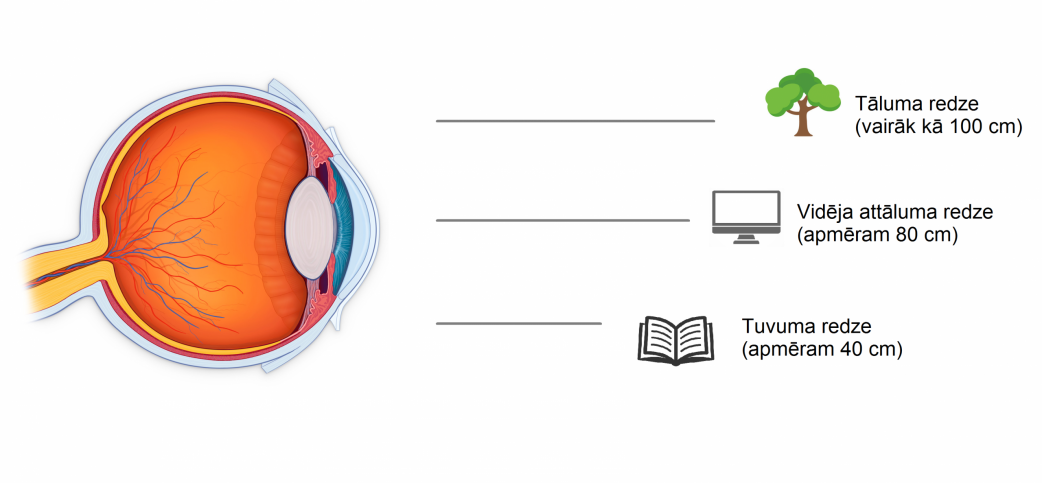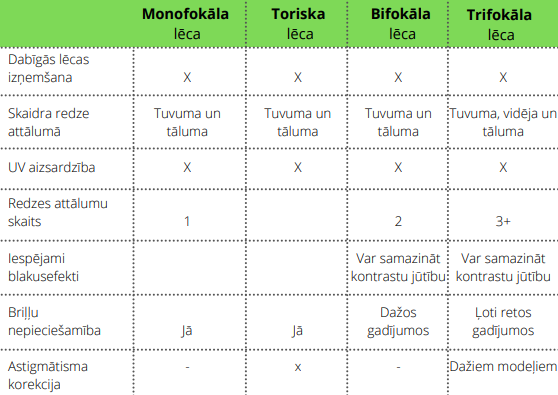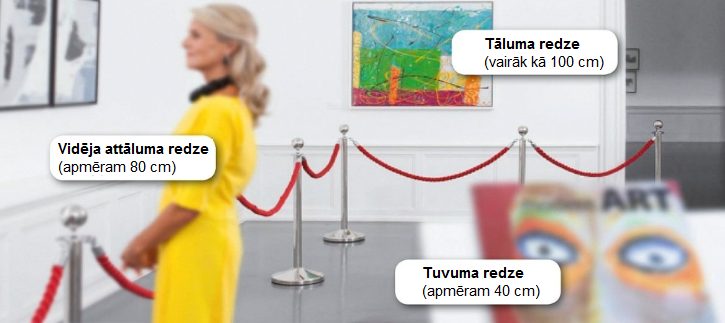To find out about the most suitable vision correction option, register for a visit, or find out other important information, leave your contacts, and we will contact you as soon as possible.
Monofocal or Multifocal lens implantation
Monofocal or multifocal lens insertion into the eye is most common when:
- the patient is affected by cataracts, and it is necessary to replace the natural lens of the eye with an artificial lens;
- the patient's eye's structure or condition does not allow laser vision correction or a Collamer EVO Visian lens implantation.

Cataract is a progressive eye disease that is common worldwide, and if not treated in time, it can lead to complete loss of vision.
The lens of the healthy eye is transparent, and light can pass through without effort. In the case of cataract lens gets thicker and becomes cloudy. It is hard for the light to pass through it, and vision is being blurred. The form and scope of the opacification of the lens can differ. Suppose opacification has established further from the centre of the lens. In that case, you can sometimes leave the existence of a cataract unnoticed. Cataract can be the cause of cloudy or blurred image. It can be compared to a frozen or steamed window.
Glasses can help in the initial stage of cataract. Still, surgical treatment is necessary when the loss of vision caused by the cataract encumbers everyday life. Removal of the opacified lens is possible only through surgery.
The doctor recommends the most appropriate type of intraocular lens for the patient's eyes and vision, based on the results of the patient's eye examinations and evaluating the patient's lifestyle and daily activities.
There are two main types of intraocular lenses:
- monofocal lenses, with which vision correction is achieved in one visual distance, provide a clear vision either near or far. This means that a patient who has a monofocal lens implanted for near-field vision correction will need glasses or contact lenses for clear distance vision, such as when driving, watching TV, or the like. Conversely, if the patient has had farsightedness correction, glasses/contact lenses will be needed nearby, such as when reading or working with a computer;
- multifocal lenses are an advanced method of vision correction. Depending on their type, the patient is provided with vision at several - two or three distances. A multifocal lens is also suitable in cases where there is no cataract in the patient. Another type of vision correction (laser correction or EVO Visian ICL lens implantation) is not applicable.

- Bifocal lenses provide vision correction at two points of view - both near and far. Thanks to this type of lens, the patient becomes less dependent on glasses or contact lenses, which is the main advantage of bifocal lenses. Bifocal lenses allow you to freely perform tasks such as reading or driving without the need for additional vision correction tools and gain more visual freedom. The need for glasses or contact lenses only occurs at an average distance of about 80 centimetres when cooking or working at a computer. Bifocal lenses are not suitable for patients with glaucoma, diabetic retinopathy and macular degeneration. In such cases, if the patient wants to have clear vision both near and far, alternative vision correction options are discussed with the doctor.
- Trifocal lenses or Premium intraocular lenses correct vision at three distances, providing excellent vision at close, medium and long distances. These lenses are specially designed for active lifestyle enthusiasts. They are especially recommended for young people of working age, for whom complete independence from glasses and/or contact lenses is essential. Premium intraocular lenses are also suitable for patients diagnosed with astigmatism (incorrect refraction), completely relieving them of the need for glasses after surgery.
Comparison of intraocular lens types

Types of intraocular lenses and vision correction
 |
| Monofocal lenses - The lens in the picture is in favour of a medium vision |
 |
| Bifocal lenses - vision correction performed at two points of vision - the medium distance will require glasses near and far. |
 |
| Trifocal lenses - clear vision near, far and medium distance |



